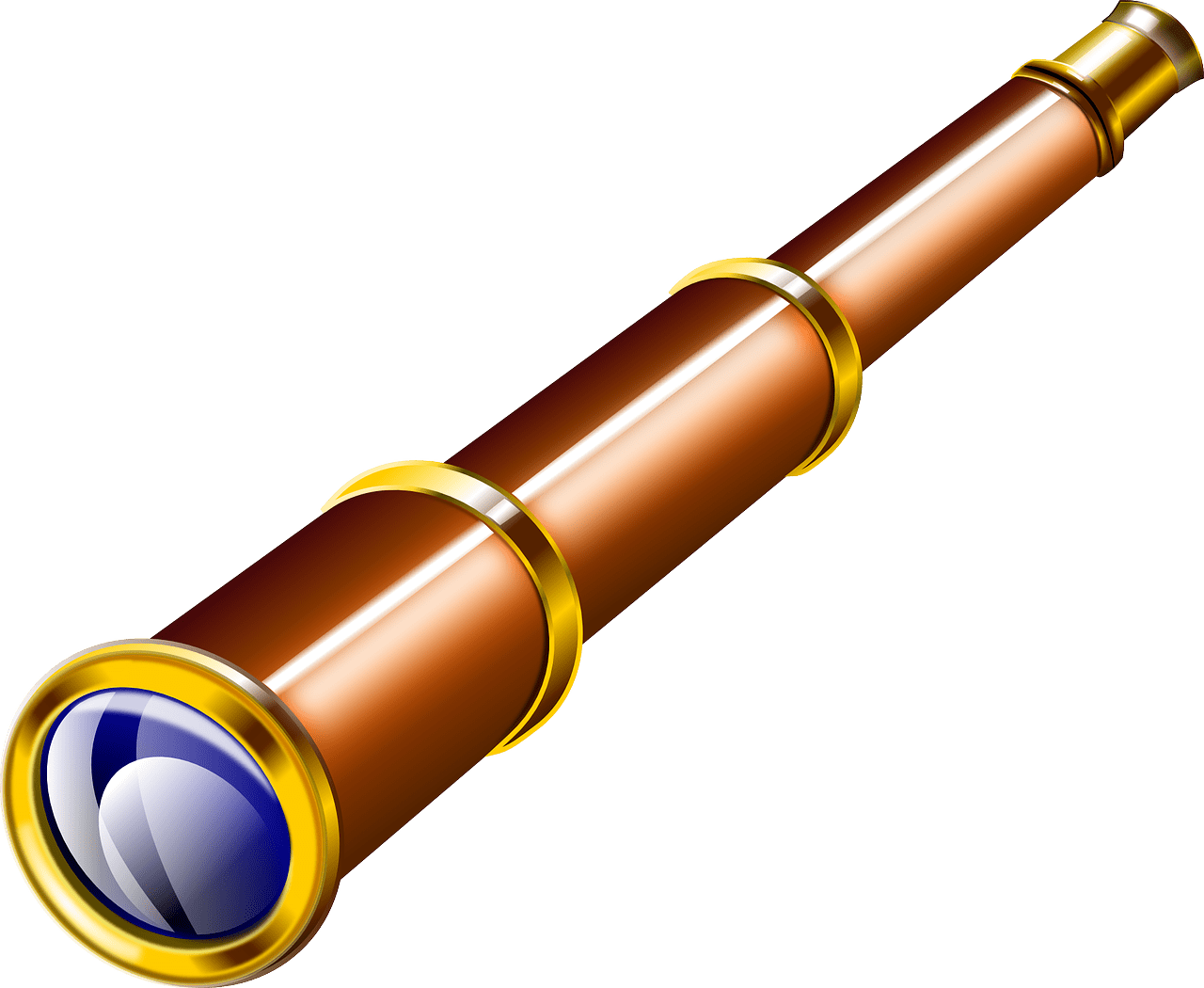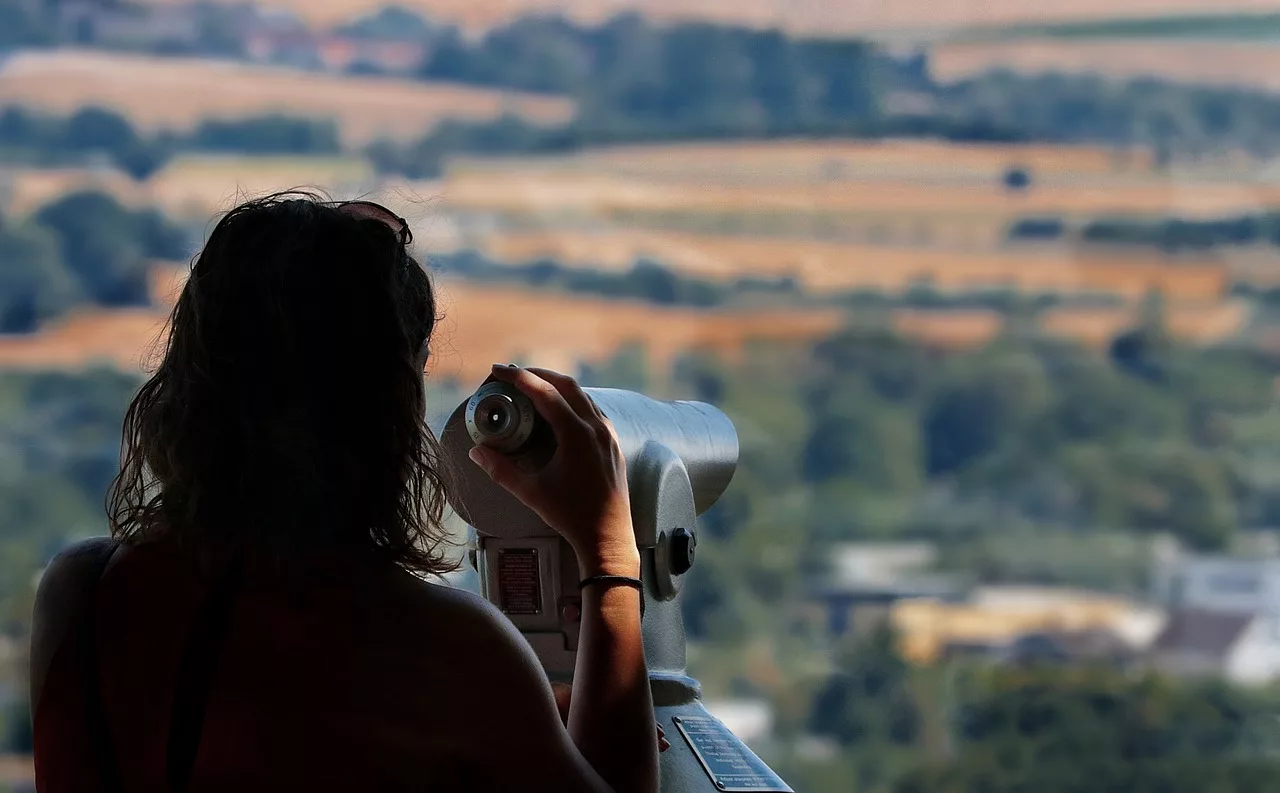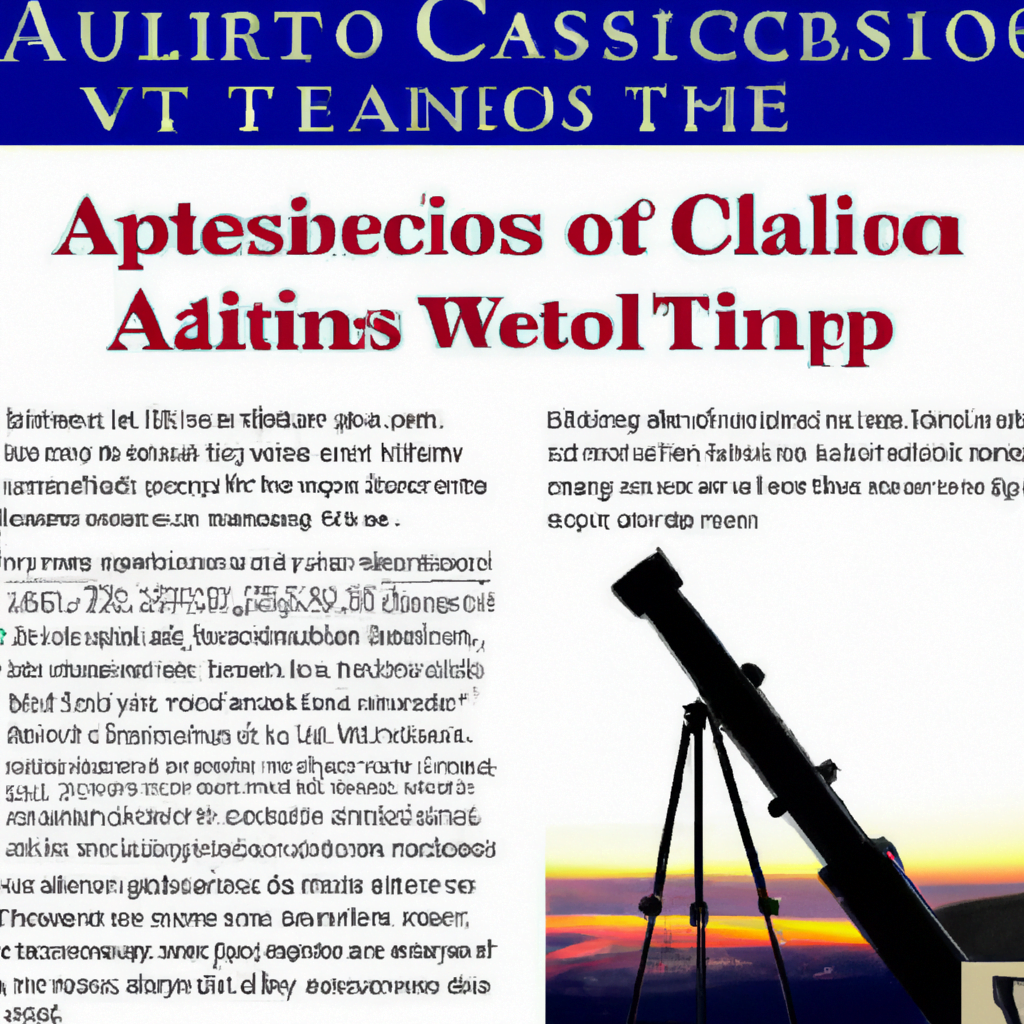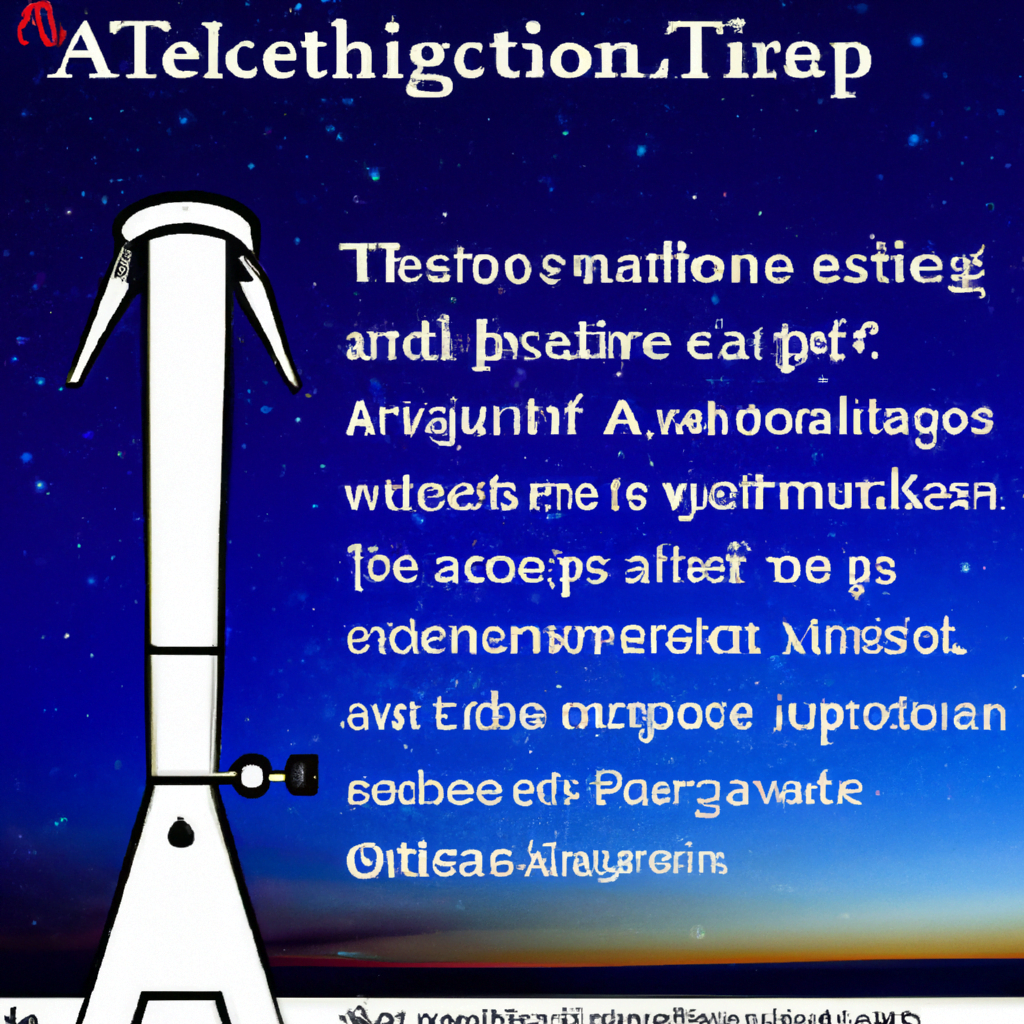Have you ever wondered how to align and calibrate your telescope for optimal stargazing? Look no further, as this article will guide you through the steps to ensure your telescope is properly aligned, allowing you to delve into the mesmerizing world of celestial observation. By following a few simple techniques, you’ll be able to fine-tune your telescope’s alignment and calibration, enhancing your viewing experience and unlocking the secrets of the night sky. So grab your telescope, and let’s embark on this astronomical adventure together!
Table of Contents
Choosing the Right Location
When it comes to aligning and calibrating your telescope, choosing the right location is crucial. Consider the environment you will be observing in. It’s best to find a spot away from city lights and other sources of light pollution. Light pollution can significantly impact your ability to see celestial objects clearly. Find a spot with minimal artificial lighting to ensure optimal viewing conditions.
In addition to avoiding light pollution, stability is another important factor to consider when choosing a location. Look for a spot that provides a stable surface for your telescope. Setting up on uneven ground or in windy areas can make it difficult to achieve accurate alignment and calibration. Find a location where your telescope will be stable and secure throughout your observation session.
Understanding the Basic Parts
To align and calibrate your telescope, it’s essential to familiarize yourself with its basic parts. Start by getting to know the telescope itself. Understand its different components, such as the optical tube assembly and the eyepiece. Knowing how these parts function and interact with each other will help you in aligning and calibrating your telescope effectively.
Next, learn about the mount, which is the part of the telescope that holds it steady. There are various types of mounts, including altitude-azimuth (Alt-Az) and equatorial mounts. Each has its own benefits and usage, so understanding how your specific mount works is crucial to aligning and calibrating your telescope accurately.
Lastly, become familiar with the finder scope. The finder scope is a smaller telescope attached to your main telescope, which helps you locate and center specific objects in the sky. Understanding how to use the finder scope and align it with your main telescope will make the alignment process much easier.

Aligning Finder of Telescope
Aligning the finder scope is an important step in aligning and calibrating your telescope accurately. Start by centering the target you want to observe in the main telescope. Use the finder scope to locate the object, ensuring it is centered in the field of view. Adjust the alignment of the finder scope if necessary to achieve accuracy.
Once you have centered the target using the finder scope, it’s time to align it with the main telescope. Look through the main telescope and adjust the alignment of the finder scope until the target object is also centered in the main telescope’s field of view. This process ensures that the finder scope and the main telescope are pointing at the same objects, allowing for precise alignment and calibration.
Using Polar Alignment
Polar alignment is crucial for accurate alignment and calibration, especially for telescopes with equatorial mounts. To understand polar alignment, it’s essential to grasp the concept of celestial coordinates. Celestial coordinates are similar to latitude and longitude on Earth but are used to locate objects in the sky.
To align with Polaris, the North Star, start by setting your latitude on the mount. This step ensures that your telescope is pointing at the correct angle based on your location. Next, locate Polaris using the declination circle on your mount or a smartphone app. Adjust the mount’s orientation until Polaris is positioned at the correct declination for your location. This process aligns your telescope with the Earth’s axis, allowing for accurate tracking and alignment with celestial objects.

Calibrating Using a Known Star
Calibrating your telescope using a known star is another method to achieve accurate alignment. Start by choosing a suitable star. It’s best to select a bright and easily recognizable star to make the calibration process easier. Once you have chosen a star, center it in the field of view of your telescope.
To calibrate, start by adjusting the mount’s altitude and azimuth until the star is perfectly centered in the field of view. Once the star is centered, make any necessary adjustments to the mount based on the star’s movement. Minor adjustments to the mount will ensure that it is accurately aligned and calibrated.
Calibrating Using Alignment Software
Another method to align and calibrate your telescope is by using alignment software. Start by installing and setting up the software on your computer or compatible device. Follow the software’s instructions to input your location and select the alignment method.
The software will guide you through the process, typically by selecting specific stars to center in the field of view. The software will analyze the position of the stars and provide instructions on how to adjust the mount for accurate alignment. Follow the software’s instructions carefully to achieve precise alignment and calibration.

Performing a Star Test
Performing a star test is an essential step in fine-tuning the alignment of your telescope. Start by choosing a suitable star to observe. It’s preferable to select a star that is well-known for its brightness and stability.
Once you have selected a star, carefully examine its image through the telescope. Check for any aberrations, such as blurring or irregular shapes. Make any necessary adjustments to the focus or alignment of the telescope to achieve a clear, crisp image of the star. This process allows you to fine-tune the alignment of your telescope and ensure optimal performance.
Fine-Tuning with Focusing
Focusing your telescope correctly is crucial for accurate alignment and calibration. Most telescopes come equipped with a focusing mechanism, usually a knob or a wheel, that allows you to adjust the focus.
To focus your telescope, start by observing an object or star through the eyepiece. Slowly adjust the focusing mechanism until the image appears clear and sharp. Fine-tuning the focus will enhance the accuracy of your alignment and calibration, allowing for better observation of celestial objects.

Performing a Drift Alignment
Drift alignment is a more advanced method of aligning and calibrating your telescope. It involves observing the apparent drift of stars over time and making adjustments to the mount based on this drift.
To perform a drift alignment, begin by selecting a star that is near the celestial equator and reasonably bright. Observe the star through the telescope and make note of its position relative to a crosshair or reference point. Over a period of time, typically around 10 minutes, observe any changes in the star’s position due to the Earth’s rotation.
Based on the observed drift, make small adjustments to the mount’s altitude and azimuth to compensate for the drift. Repeat this process multiple times to achieve accurate alignment and calibration.
Verifying the Alignment
Once you have gone through the necessary steps to align and calibrate your telescope, it’s crucial to verify the accuracy of the alignment. Observe celestial objects through your telescope and check if they appear in the expected locations.
Select several objects of varying distances and positions in the sky to test the accuracy of your alignment. If the objects appear where they should and follow the expected path, your alignment and calibration are likely accurate. However, if there are discrepancies, you may need to revisit the alignment and calibration process to make any necessary adjustments.
By following these steps and understanding the different methods and techniques, you can align and calibrate your telescope effectively. Achieving accurate alignment and calibration ensures that your telescope performs optimally, allowing for a rewarding and immersive stargazing experience. So, get ready to explore the wonders of the night sky with your precisely aligned and calibrated telescope!

